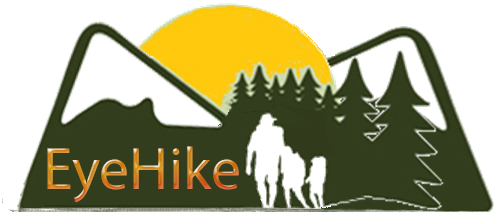Traffic at the Nisqually Entrance
From the editorial board
2016 Dean J. Koepfler dkoepfler@thenewstribune.com
This year the National Park Service celebrates its centennial, which might account for why traffic on the main roads to Mount Rainier is as bad as it’s ever been. The park reported 187,037 visitors for the month of June, and those numbers will stay steady until after Labor Day weekend.
Each day, a steady stream of buses filled with tourists from all over the globe moves up and down the mountain. But it’s not just out-of-towners who are drawn to Mount Rainier. Out of the 1 to 2 million people who visit annually, 60 percent are day trippers.
This high volume of visitors, coupled with summer roadwork on the 8-mile stretch between Longmire and Paradise, has caused up to 30-minute delays. At the Nisqually entrance, three entry lanes funnel down to single-file, so visitors must contend with exhaust fumes before getting a chance to breathe in some mountain air.
During peak days and hours (weekends and holidays between the hours of 10 a.m.-3 p.m.), cars at the Nisqually entrance can snake back 3.5 miles to the town of Ashford.
Naturally, this heavy traffic on a two-lane road has some residents concerned about “what if?” situations. What if an ambulance or other emergency services are needed?
To alleviate some of those fears, Randy King, Mount Rainier National Park superintendent, told The News Tribune for a story this week that in the event of an emergency, park rangers would forgo fees and passes, and just wave motorists through the entrance to clear lanes.
But a 3.5-mile backup on a two-lane road is cause for concern — not just for Ashford residents who can’t back out of their driveway, but for all who travel up and down the mountain.
A mandatory shuttle bus system is used at other national parks experiencing big crowds. Denali, Yellowstone and Yosemite operate shuttle buses during peak times as an answer to their summer traffic congestion. Shuttle buses may offer a long-range solution here, too. (Mount Rainier has utilized shuttle buses before and will again during the 2018 renovation of the Paradise Lodge annex, which will eliminate 200-plus parking spaces.)
For now, the answer to mountain traffic lies with visitors who are encouraged to come to the park at low-traffic times, or use the Stevens Canyon entrance on the southeast side of the mountain, near the Ohanepecosh visitors center.
Phil Freeman, owner of Copper Creek Cabins in Ashford, also recommends stopping at Ashford County Park to have a picnic and get the wiggles out before trekking up the mountain.
Whether you pull over at a park or power straight through, the important thing is not to let all this talk of traffic congestion deter you from going at all; it should only serve to improve your travel strategy. If anything can renew a weary spirit, it’s Mount Rainier.
As you’re waiting to pay your entrance fee and motor up the mountain, remember why you’re there. Don’t sit in your car and seethe.
Save that for when you’re searching for an elusive parking spot higher up the mountain.
This is a re-post from the Olympian, original post is here: http://www.thenewstribune.com/opinion/article95199167.html#storylink=cpy


Recent Comments